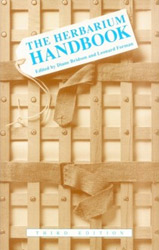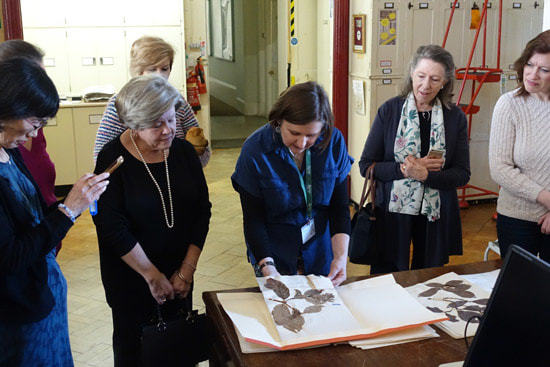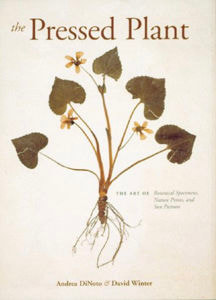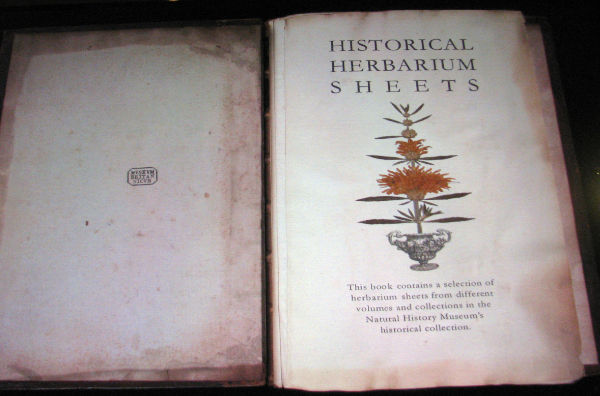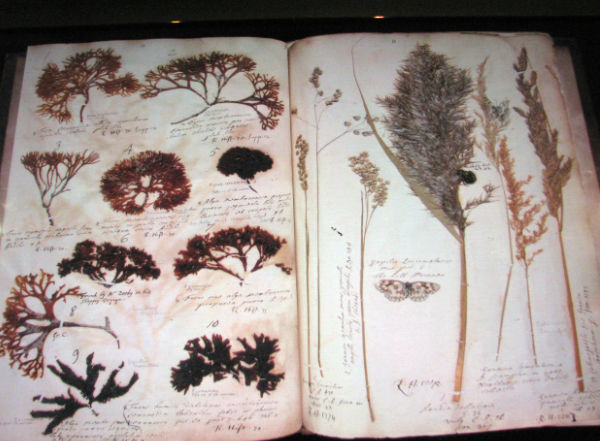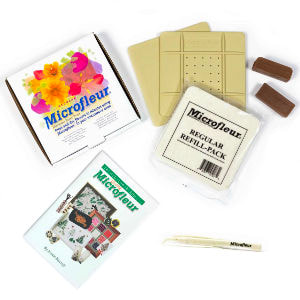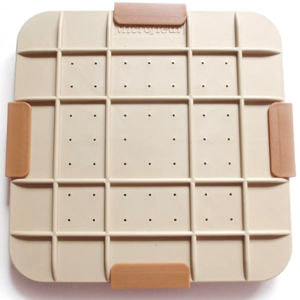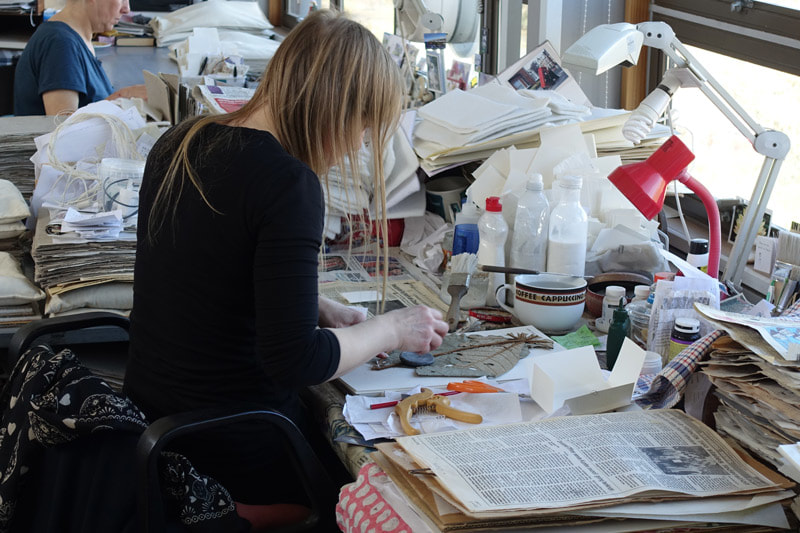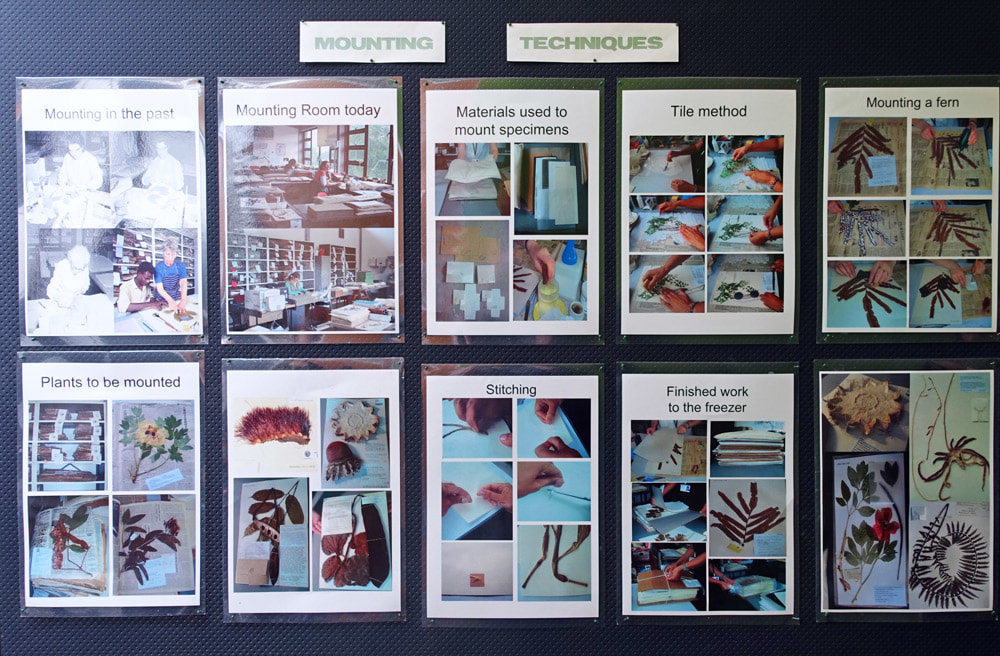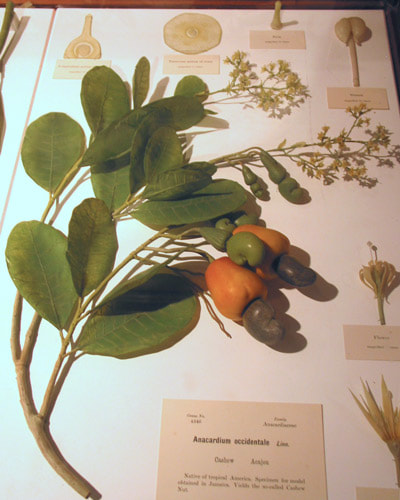- Home
- NEWS
-
HISTORY
- What is Botanical Art?
- What is Botanical Illustration?
- Botanical Art History Books >
- Herbals
- Florilegia and Flora
- Patrons of Botanical Art >
- Past Masters - Botanical Art and Illustration >
- Famous Asian Botanical Artists (600-1900)
- 20th & 21st Century Botanical Artists >
- Botanical Photographers
- Botanical and Herbal Art Online
-
ARTISTS
- Botanical Artists in the UK
- Botanical Artists in North America
- Botanical Artists in Europe
- Botanical Artists in Australia and New Zealand
- Botanical Artists in Asia
- Botanical Artists in Africa
- Botanical Artists in Latin America
- Botanical Printmakers, Photographers, Sculptors et al
- The Jill Smythies Award
- Botanical Artists on Facebook
- Botanical Art Blogs
-
Exhibitions
- Calls for Entries - OPEN exhibitions
- Online Exhibitions >
- RHS Botanical Art & Photography Shows >
- The Shirley Sherwood Gallery of Botanical Art >
- Hunt International Exhibition of Botanical Art & Illustration
-
UK
>
- North America >
- Europe >
- Australasia >
- Asia >
- Africa
- ARCHIVE: World Wide Exhibition of Botanical Art 2018
-
Education
- NEW BOOKS about Botanical Art and Illustration >
-
Best Botanical Art Instruction Books
>
- Tips and Techniques >
- Botanical Art Video Tips >
- Online Botanical Art Instruction >
- International Directory: Botanical Art Teachers
- International Directory of Botanical Art Courses >
- Artist Residencies, Scholarships and Bursaries
- Diplomas and Certificates >
- Distance Learning Courses
- Talks, Lectures & Tours
- Botanical Education on Facebook
- Materials
- Groups
-
Botany
- Why botany matters to artists
- Botany Books for artists >
- Scientific botanical illustration
- Plant Forms and Anatomy
- Plant Evolution and Taxonomy
- Plant Names and Botanical Latin
- Botanical Dictionaries
- How to Identify Plants
- Recording a Plant / Sketchbooks >
- Botanic Gardens & Herbaria >
- Blogs about Plants and Flowers
- Contact
Find out about Herbarium, Seed Banks and Fungarium
in botanic gardens, mueums and botanical and horticultural societies around the world
in botanic gardens, mueums and botanical and horticultural societies around the world
What is a Herbarium?
|
Herbaria around the World
|
Banner Image: Inside the Old Herbarium Building at Kew - where lighting used to be by gas lamps!
Matthew C. Pace, assistant curator at the Steere Herbarium at The New York Botanical Garden, explains what you need to know about herbariums.
GO TO: Basic Plant Collecting and Pressing for a series of videos outlining how you too can start your very own a Herbarium!
|
The Herbarium Handbook
Paperback: 348 pages Publisher: Royal Botanic Gardens Kew; Third Edition, edition (5 Sept. 2000) This is the commonly recognised standard reference manual for how to create herbarium specimens from plant material. BUY THIS BOOK Herbarium Handbook 3rd Edition
Herbarium Handbook 3rd Edition
|
Botanical artists working with plant material
|
Other artists working with plant material
|
|
Lucy T. Smith is an Australian botanical artist (and winner of the Margaret Flockton Award 2014) based in the UK. She works on commissions for the scientists at Kew Gardens and regularly draws from the plant material kept in the Herbarium.
Rachel Pedder Smith is also a botanical artist who works for Kew. You may have seen her huge Herbarium specimen painting. You can download a key to the various seed and plant material in her huge painting. She has also produced a watercolour painting of an extensive collection of beans Both artists also produce work for commission. (This is an article about her painting Herbarium Specimen Painting at Kew Gardens in The Telegraph) Rosemary Wise works for Oxford University Herbaria. She produces artwork for their Tropical Forest Field Guides Project. |
The At L'Herbier blog is the online journal of writer and editor Sonya Patel Ellis, founder of The Herbarium Project.
|
|
The Pressed Plant: The Art of Botanical Specimens, Nature Prints, and Sun Prints
by Andrea DiNoto and David Winter This is a book which was first published in 1899. It looks at how you can create artwork by pressing and preserving plant material.
|
Hardcover: 160 pages
Publisher: Harry N. Abrams (October 18, 1999) |
BUY THIS BOOK
The Pressed Plant from Amazon.com
from Amazon.com
How to press, dry, mount and preserve plant material
After collection and pressing, the next step in preserving a specimen is to make sure that all the moisture is removed from the plant. Any moisture remaining in a collection can result in the eventual rotting of that specimen, rendering it useless for scientific purposes. In a herbarium, plants are dried in a forced-air plant drier that approaches temperatures of 100°C.
Pressing and Drying | Plant Collecting: How-To | The Botanical Research Institute of Texas
|
Producing dried plant material which lasts over time requires a systematic and stages approach:
|
Plant Collecting: How-To
The Botanical Research Institute of Texas has prouced a series of articles about the different stages of
|
The best conditions for storage include low temperature (from 50–65ºF), low humidity, low light, and infrequent handling. Roaches and certain beetles will destroy plant specimens. You can kill insects in dried plant specimens by freezing them for three or four days, and keep them pest-free in a tightly-sealed plastic bag.
Preservation & Storage | Plant Collecting: How-To | The Botanical Research Institute of Texas
RBGE Herbarium: Basic Plant Collecting and Pressing: Filmed at the Royal Botanic Garden Edinburgh, this video provides a thorough introduction to collecting and pressing plants to make herbarium specimens.
The Microfleur Microwave Flower Press
|
A recommendation too good not to pass on!
Average Customer Rating for out of 5 stars (for 9 inch press):
This was recommended to me by somebody who did a lot of flower pressing. The main advantage is that
BUY THIS FLOWER PRESS (two sizes 5" and 9" available) Microfleur 5" (13 cm) Regular Microwave Flower Press
Microfleur 9" Microwave Max Flower Press
Microfleur 5" (13 cm) Regular Microwave Flower Press
Microfleur 9" (23 cm) Max Microwave Flower Press
|
Herbarium Mounting Techniques
Filmed in the Herbarium of the Royal Botanic Garden Edinburgh, this video provides an introduction and practical guide to the art of mounting pressed, dried plant specimens for scientific study.
Covers how to attach plants to a mounting card and a simple collection storage option. (Suitable for children)
Herbariums, Fungariums and Seed Banks - in the UK
Herbaria are one of the most fantastic botanical resources I know. And one of the most under-used and under-appreciated.
Chris Metherell, BSBI President 2017-9
Botanic Gardens in the UK - England
The Royal Botanic Gardens, Kew
The Kew Gardens Herbarium has more than 7 million specimens collected from all over the world which represent nearly 98 per cent of all of the genera in the world. The oldest specimen dates back to 1696.
Besides being a basis for research, the herbarium also provides the raw pressed plant material for scientific botanical illustrations.
The first video (below) explains the history of the Herbarium at Kew Gardens. Originally named Hunter House, the 18th century building was occupied by the King of Hanover until his death in 1851.
The Kew Gardens Herbarium has more than 7 million specimens collected from all over the world which represent nearly 98 per cent of all of the genera in the world. The oldest specimen dates back to 1696.
Besides being a basis for research, the herbarium also provides the raw pressed plant material for scientific botanical illustrations.
The first video (below) explains the history of the Herbarium at Kew Gardens. Originally named Hunter House, the 18th century building was occupied by the King of Hanover until his death in 1851.
This next video provides you with a tour of the Kew Herbarium.
The next video (below) explains the purpose of a Herbarium. The Kew Herbarium concentrates on the floristics of non-temperate parts of the world, British and world non-lichenized fungi, grasses and orchids
Storage of Seeds and Fungi
The Millennium Seed Bank Library at Wakehurst Place in Sussex ("Kew in the country") stores material on seeds, plant physiology, seed storage and seed germination. The work of this seed back involves collboration with various Botanic Gardens all over the world.
The Fungarium at Kew was founded in 1879 provides access to an estimated 1.25 million specimens of dried fungi
The video below explains how Kew produces Seed Guides for different species in different parts of the world using the informstion from specimens housed in the Kew Herbarium.
Botanic Gardens in the UK - Scotland
The Royal Botanic Gardens, Edinburgh
- The Herbarium at the Royal Botanic Gardens Edinburgh houses nearly three million specimens representing half to two thirds of the world's flora.
Herbarium in UK Universities
|
Cambridge University
|
Oxford University
|
Herbaria of Botanical and Horticultural Societies in the UK
|
The Linnean Society
|
Royal Horticultural Society (Ornamental Plants)
|
The RHS Herbarium holds the UK’s largest collection of cultivated plants, with more than 86,000 dried plant specimens.
Herbarium in UK Museums
Natural History Museum
The Natural History Museum concentrates on the flora of Europe (including the UK), Central and North America, together with British and world lichenized fungi, algae, mosses and liverworts.
The British and Irish Herbarium is one of the most comprehensive collections of plants from a particular area anywhere in the world.
The Natural History Museum has a range of botanical collections in their Herbarium. These include:
The Natural History Museum concentrates on the flora of Europe (including the UK), Central and North America, together with British and world lichenized fungi, algae, mosses and liverworts.
The British and Irish Herbarium is one of the most comprehensive collections of plants from a particular area anywhere in the world.
The Natural History Museum has a range of botanical collections in their Herbarium. These include:
- The Sir Hans Sloane Herbarium - The Sloane Herbarium contains volumes 1-7 of plant specimens collected on Sloane's voyage to Jamaica (1687-1689)
- The John Clayton Herbarium - John Clayton (1694-1773) - an early plant collector in Virginia
- The Paul Hermann Herbarium - Paul Hermann's collection was created in the 1670s and is one of the first major collections of the botany of the East Indies.
- The George Clifford Herbarium - A herbarium of over 3,000 specimens collected by George Clifford (1685-1760), a wealthy Anglo-Dutch merchant.
- a Digital Collection of Botanical specimens -
Herbarium - British Antarctic Survey
The plant collections held in the British Antarctic Survey’s herbarium (international code AAS) consist of over 40,000 plant specimens from Antarctica, the sub-Antarctic Islands and surrounding continents (especially Fuegia and Patagonia). Over 2000 species are represented, comprising predominantly mosses, liverworts and lichens with smaller collections of vascular plants, macro-algae and macro-fungi.
[Note: British Antarctic Survey (BAS) is a component of the Natural Environment Research Council (NERC).]
The plant collections held in the British Antarctic Survey’s herbarium (international code AAS) consist of over 40,000 plant specimens from Antarctica, the sub-Antarctic Islands and surrounding continents (especially Fuegia and Patagonia). Over 2000 species are represented, comprising predominantly mosses, liverworts and lichens with smaller collections of vascular plants, macro-algae and macro-fungi.
[Note: British Antarctic Survey (BAS) is a component of the Natural Environment Research Council (NERC).]
Herbarium in Europe
Germany
|
Scandinavia
|
Herbarium in the USA
Herbarium in Botanical Gardens in the USA
|
Chicago Botanical Garden
|
Denver Botanical Gardens
- Denver Botanic Gardens’ herbaria document vascular plant and fungal biodiversity and species distribution in Colorado and the Southern Rocky Mountain Region.
A time lapse video of what it takes to create new and storage meeting contemporary standards for a herbarium
With support from the Institute of Museum and Library Services, the herbaria received new storage that will allow for 20 years of plant and fungal collection growth. The Sam Mitchel Herbarium of Fungi is the most active and largest macrofungal herbarium in Colorado.
With support from the Institute of Museum and Library Services, the herbaria received new storage that will allow for 20 years of plant and fungal collection growth. The Sam Mitchel Herbarium of Fungi is the most active and largest macrofungal herbarium in Colorado.
New York Botanical Gardens
- The C. V. Starr Virtual Herbarium - an electronic gateway to the collections of the William and Lynda Steere Herbarium (c. 7.3 million plant and fungi specimens). The project to digitise the collection currently comprises c. 1.3 million herbarium specimens and 225,000 high-resolution specimen images.
Barbara Thiers, Ph.D., Director of the The William and Lynda Steere Herbarium at the New York Botanical Garden, reveals the inner workings of this unique collection of over 7 million dried plant specimens.
Herbarium in Universities in the USA
Harvard University
- Harvard University Herbaria - Home - The Harvard University Herbaria, with more than 5 million specimens, is one of the 10 largest Herbaria in the world in number of specimens, and along with the library, form the world's largest university owned herbarium and the 3rd largest herbaria in the USA.
- The Glass Flowers | Harvard University Herbaria - The Ware Collection of Blaschka Glass Models of Plants, popularly known as the Glass Flowers - commissioned in 1886 to aid in teaching and serve as the premier botany exhibit. 847 life-size models representing 780 species and varieties of plants in 164 families as well as over 3,000 models of enlarged parts.
|
REFERENCE:
|
|
Emery University, Atlanta, Georgia
|
University of Michigan
|
Herbarium and collaborating institutions in the USA
California
South East USA
- The Consortium of California Herbaria - this site acts as a gateway to over 2 million specimen records from over 30 participating institutions in California
South East USA
- SERNEC (SouthEast Regional Network of Expertise and Collections) is a consortium of 233 herbaria in 14 states in the Southeast USA - spanning 150 years of botanical data. The aim is to provide herbarium specimen images and metadata from one of the most botanically diverse regions of the earth with the goal of facilitating better research, better management planning and a more well-informed public. Contains access to digital records of State Floras
Herbarium in Australia
Queensland
University of Melbourne Herbarium (MELU)
- The University of Melbourne Herbarium (MELU) is the largest university herbarium in Australia with approximately 100,000 specimens
- Queensland Herbarium - Located at the Brisbane Botanic Gardens Mt Coot-tha. Houses more than 830,000 specimens, representing Queensland’s native and naturalised plant species
Virtual Herbarium
|
UK
EUROPE
|
ASIA
AUSTRALIA
|
Resources about Botanical Art and For Botanical Artists
ABOUT: About the Author | Contact | Testimonials | Privacy Policy COPYRIGHT 2015-22: Katherine Tyrrell all rights reserved.
|
NEWS
News Blog about artists, awards, exhibitions etc. |
EXHIBITIONS
- Calls for Entries - Exhibitions around the world - Online Exhibitions - RHS Exhibitions - Hunt Exhibitions ORGANISATIONS
- Botanical Art Societies - national / regional / local - Florilegium & Groups - Botanical Art Groups on Facebook |
EDUCATION
- Tips and Techniques - Best Botanical Art Instruction Books - Directory of Teachers - Directory of Courses - Online Botanical Art Courses - Diplomas and Certificates - Talks, Lectures and Tours ART MATERIALS (Paper / Vellum) BOTANY FOR ARTISTS - Scientific Botanical Illustration - Best Botany Books for Artists - Plant Names & Botanical Latin BOTANIC GARDENS & Herbaria |
FEEDBACK
Please send me . - news to share - info. about exhibitions - any suggestions for what you'd like to see on this website ADVERTISE Contact me if you'd like to promote workshops and courses on this site. AFFILIATION This website is free to you but not for me! (See Affiliate Income below) |
|
Cookies, Personal Data & Privacy tells you how this site relates to and impacts on you and your privacy - and your choices.
Product & company names may be trademarks of their respective owners |
About Affiliate Income: This website has been created to share information not to make a profit. I am an Amazon Associate and earn from qualifying purchases (e.g. books from Amazon) which helps offset costs associated with maintaining this very large website.
|
- Home
- NEWS
-
HISTORY
- What is Botanical Art?
- What is Botanical Illustration?
- Botanical Art History Books >
- Herbals
- Florilegia and Flora
- Patrons of Botanical Art >
- Past Masters - Botanical Art and Illustration >
- Famous Asian Botanical Artists (600-1900)
- 20th & 21st Century Botanical Artists >
- Botanical Photographers
- Botanical and Herbal Art Online
-
ARTISTS
- Botanical Artists in the UK
- Botanical Artists in North America
- Botanical Artists in Europe
- Botanical Artists in Australia and New Zealand
- Botanical Artists in Asia
- Botanical Artists in Africa
- Botanical Artists in Latin America
- Botanical Printmakers, Photographers, Sculptors et al
- The Jill Smythies Award
- Botanical Artists on Facebook
- Botanical Art Blogs
-
Exhibitions
- Calls for Entries - OPEN exhibitions
- Online Exhibitions >
- RHS Botanical Art & Photography Shows >
- The Shirley Sherwood Gallery of Botanical Art >
- Hunt International Exhibition of Botanical Art & Illustration
-
UK
>
- North America >
- Europe >
- Australasia >
- Asia >
- Africa
- ARCHIVE: World Wide Exhibition of Botanical Art 2018
-
Education
- NEW BOOKS about Botanical Art and Illustration >
-
Best Botanical Art Instruction Books
>
- Tips and Techniques >
- Botanical Art Video Tips >
- Online Botanical Art Instruction >
- International Directory: Botanical Art Teachers
- International Directory of Botanical Art Courses >
- Artist Residencies, Scholarships and Bursaries
- Diplomas and Certificates >
- Distance Learning Courses
- Talks, Lectures & Tours
- Botanical Education on Facebook
- Materials
- Groups
-
Botany
- Why botany matters to artists
- Botany Books for artists >
- Scientific botanical illustration
- Plant Forms and Anatomy
- Plant Evolution and Taxonomy
- Plant Names and Botanical Latin
- Botanical Dictionaries
- How to Identify Plants
- Recording a Plant / Sketchbooks >
- Botanic Gardens & Herbaria >
- Blogs about Plants and Flowers
- Contact
